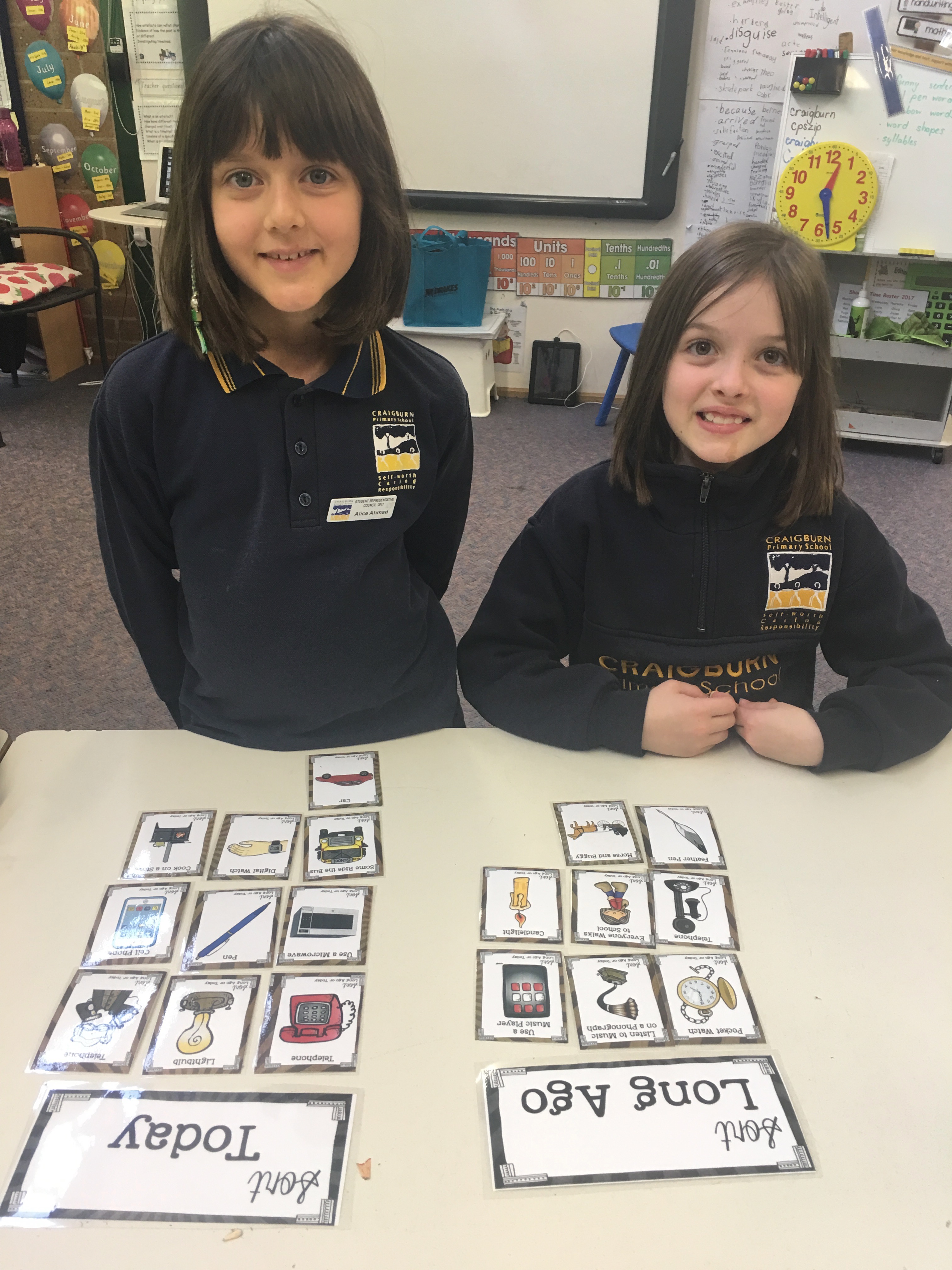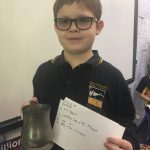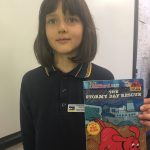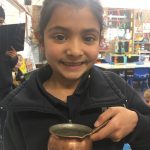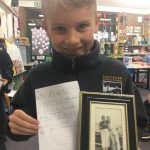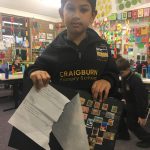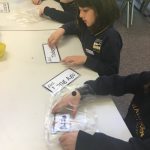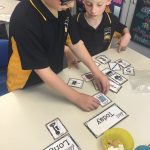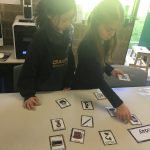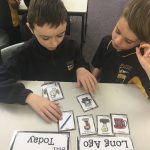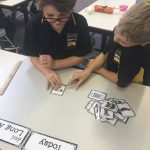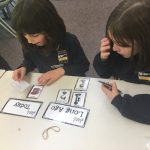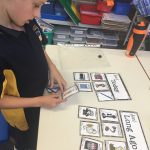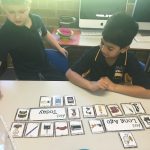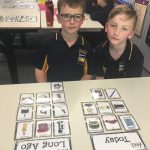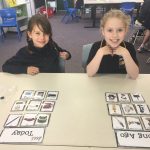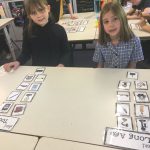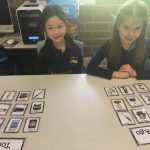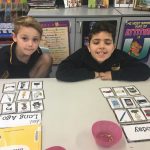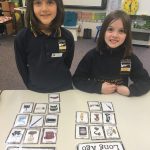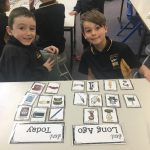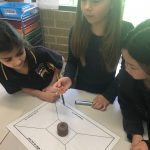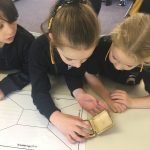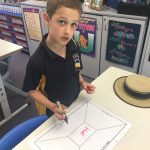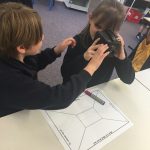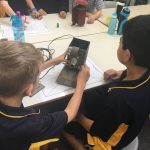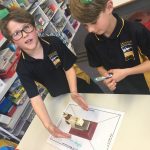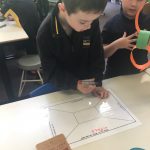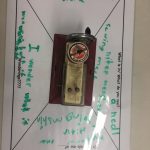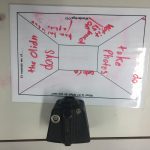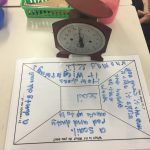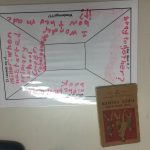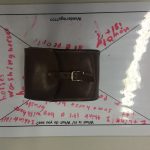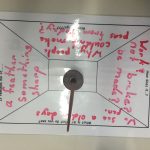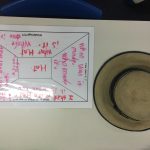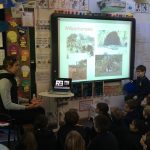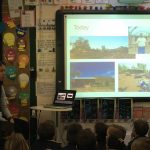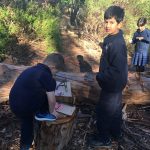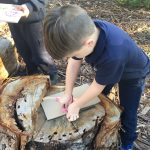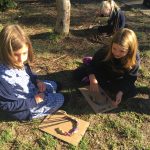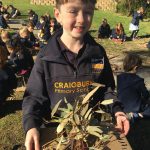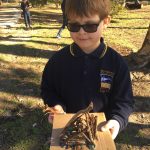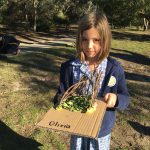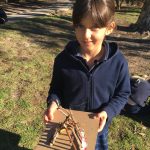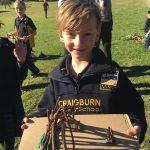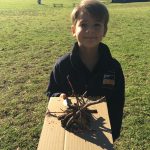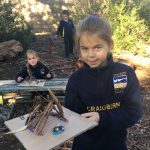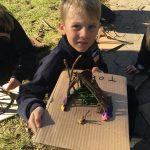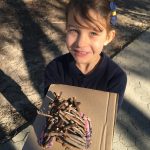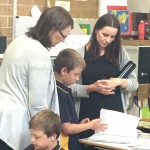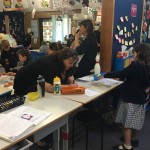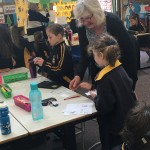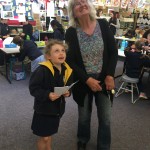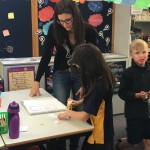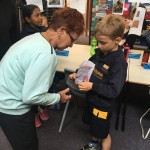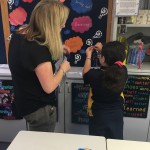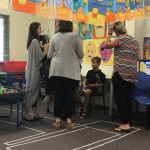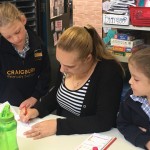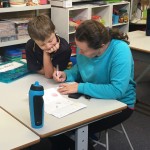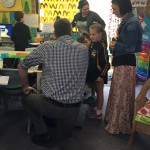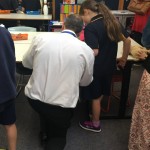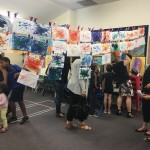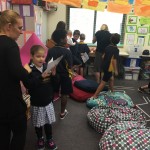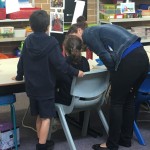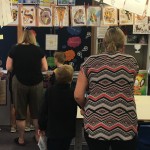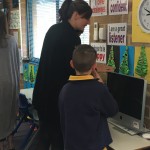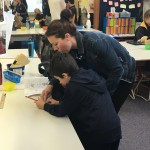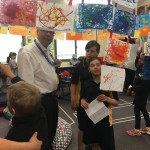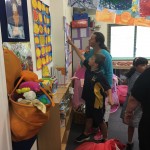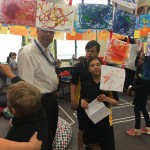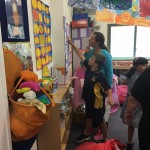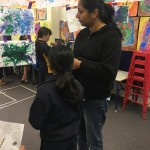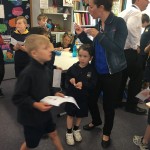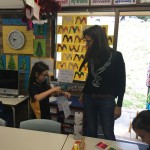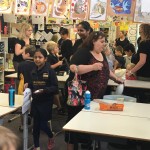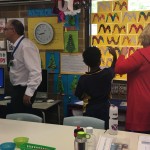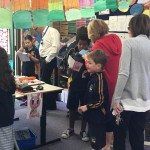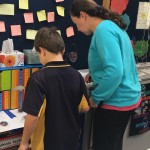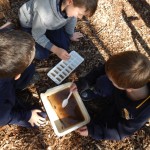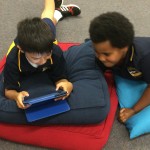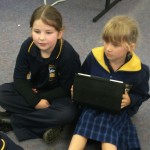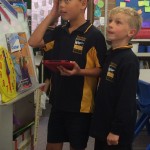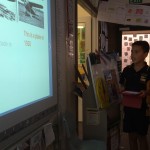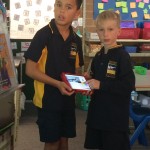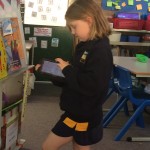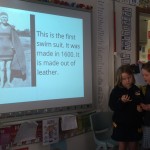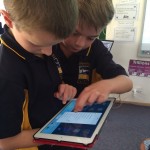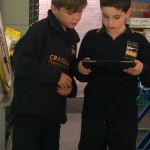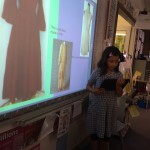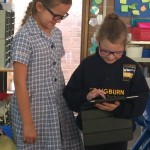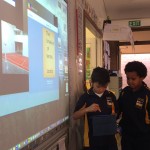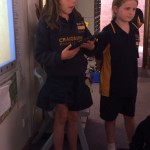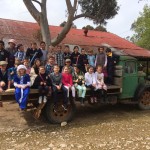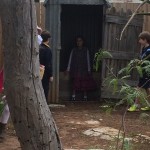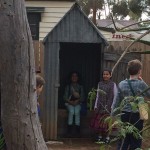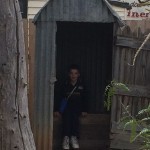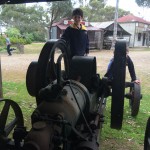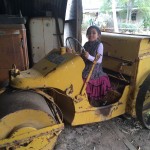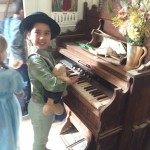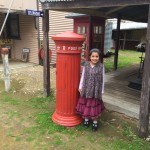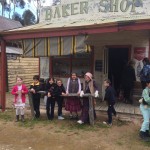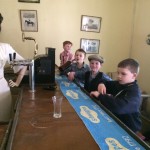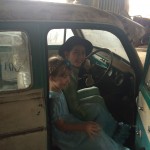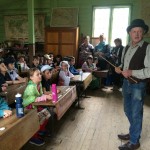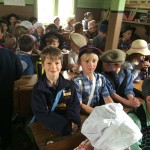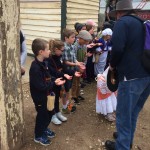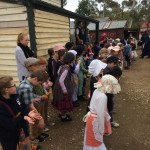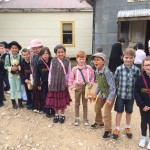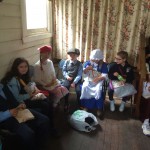
As a part of our Inquiry into structures features we worked together on a special task. As we came to the end of this topic, we decided to create a town together using all of the concepts we’ve learnt over the past few weeks – considering the geography of where it should be built, the climate we’d build it in, the types of materials available and what makes a stable structure.
The first part of our plan was where would we place our new development (Geography) – the group decided on a flat plain area in South Australia. We also wanted to have a river nearby as a source of water for the town’s residents and for any industry in the town, e.g. the power station.
Then we brainstormed what a town needs vs wants. On our list below you’ll see some ‘wants’ crept onto the list – it was for the locals to be entertained and to attract more people to visit the town.
Our list was:
- a power station
- a shopping centre – with food shops a top priority
- an apartment block
- homes
- a Kindy
- a school
- a high school
- a University
- a hospital
- a dentist
- a vet
- a train station
- a petrol station
- an airport
- a farm
- a cafe
- a park
- a zoo – for locals to visit and attract tourists
- a Police station
- a Fire station
- a courthouse
- a gaol
- a park
- public toilets
- a motel for tourists
- a carpark
- a bridge
- a cinema
- a bank.
Each student then chose a structure to make- using past information about what buildings look like, how they’re designed, the look of the structure and the materials that are available in the local area to help with construction. (These points covered all of the key concepts of our Inquiry).
Here is our mind map – it lists structures and who was responsible to create it.

Then we had a couple of very busy days of construction – we’d created rough drawings, plans and located the materials we needed. It was VERY busy!
Today we finally put our new city/ town together. We had a long and very detailed discussion about how to plan a town, where structures should be placed and why (most importantly).
Jesse and Riley volunteered to make roads for our town and a river too. Thanks for volunteering for the extra preparations boys.
We noticed that we’d used a grid pattern to create our town – all flowing from the original main street. This is how many towns and cities are planned around the world.



The entire town:

After we’d finished creating our town we wrote a report on Seesaw – we included a photo of the town, using a bird’s eye view to try and include all of the details, labels naming each structure and a descriptive sentence to explain our decisions. We’ve already received some great feedback from parents about our town – we loved reading their comments.
Here we are trying to get the best angle for our bird’s eye photo and recording our information about the town. We always work together to help with any technical ‘issues’ = teamwork!
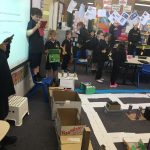

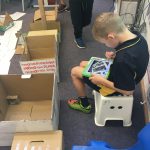
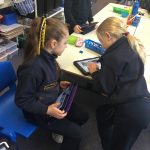
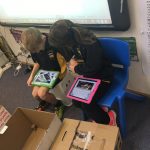
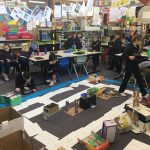
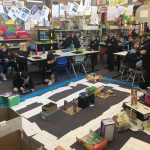

What do you think of the town we’ve created? Does is have everything it needs or can you offer some suggestions of more items we could include?
What was your favourite part of creating our town together and why?

























































